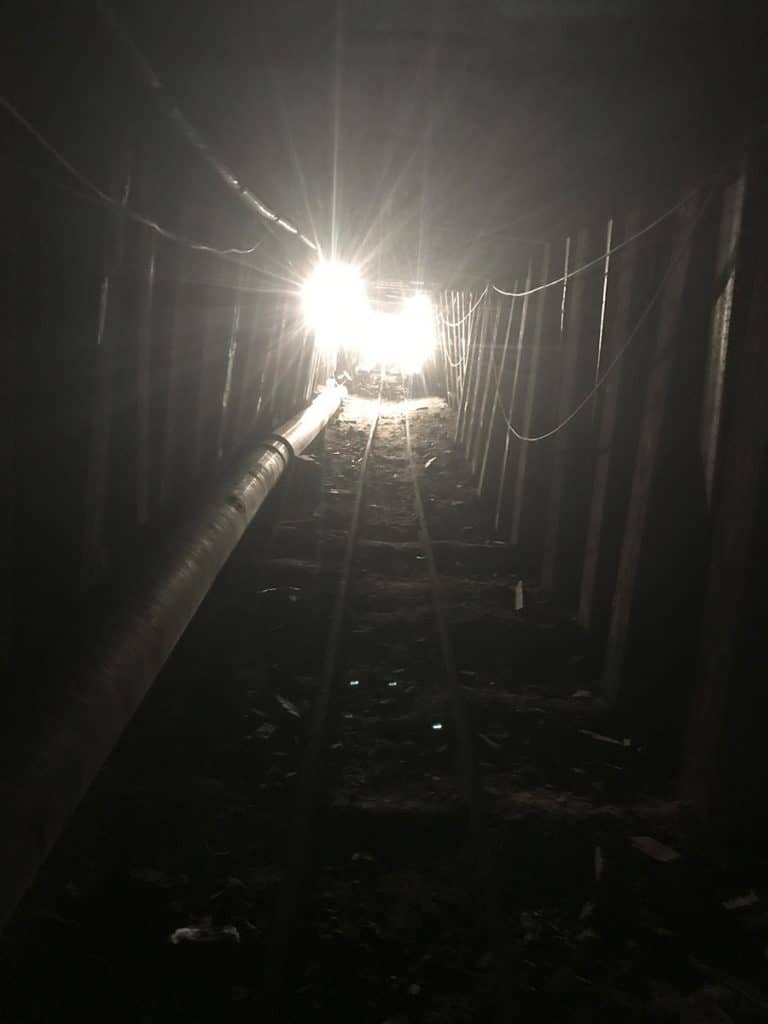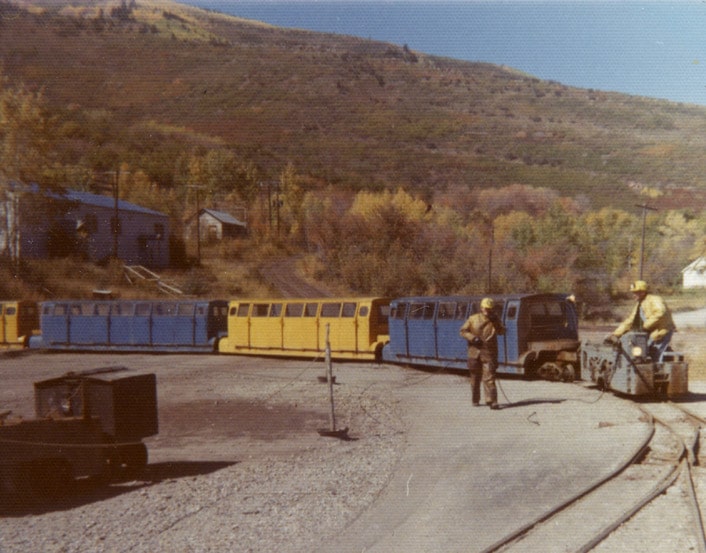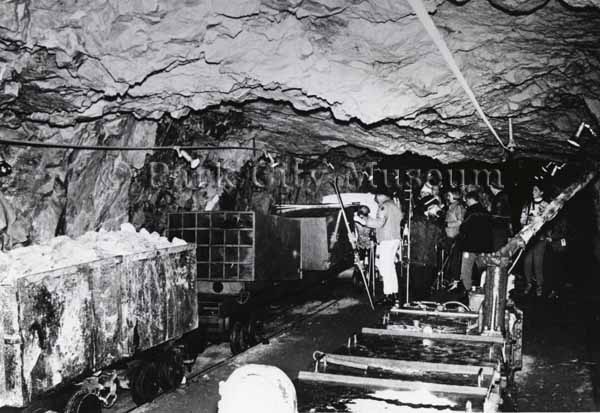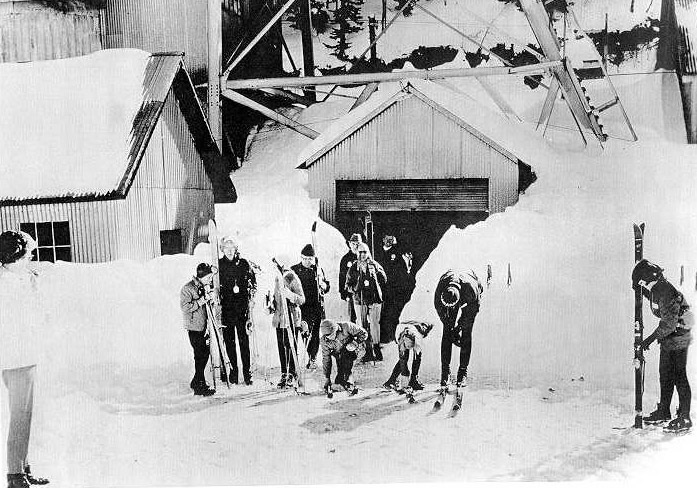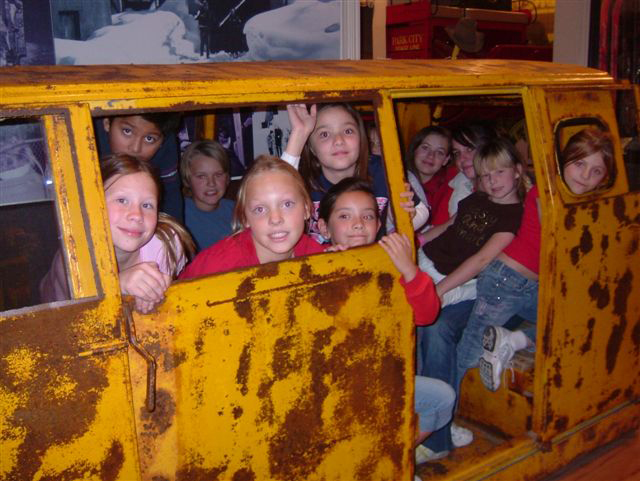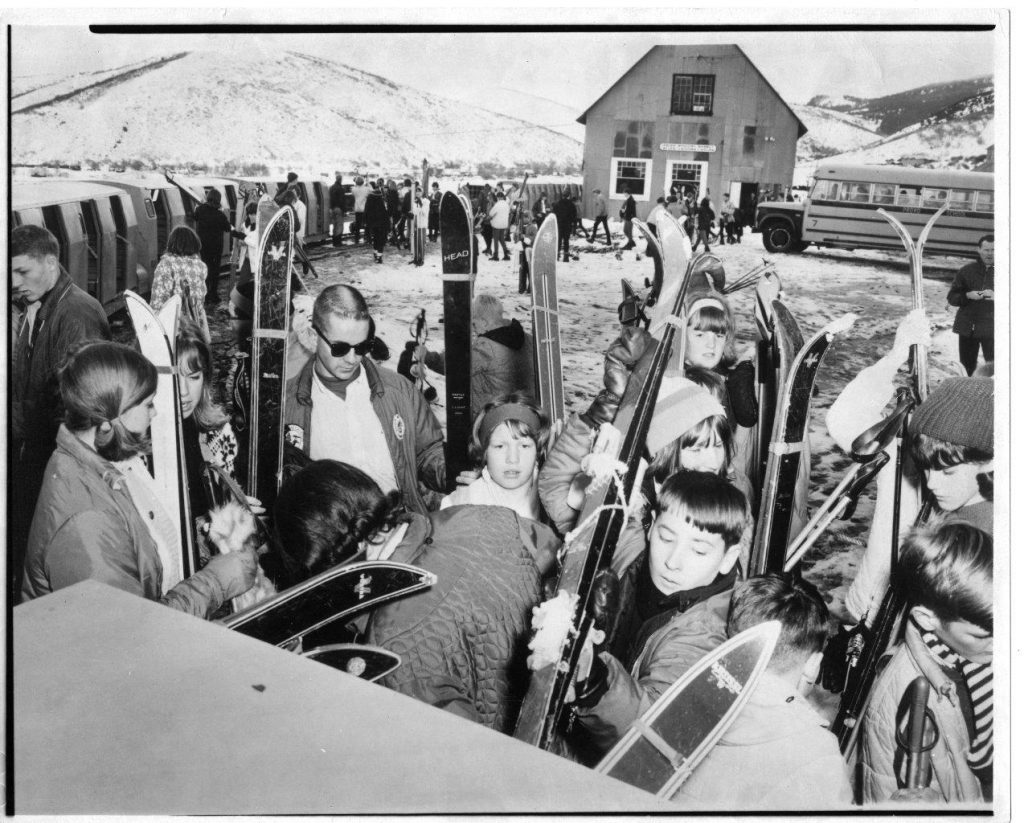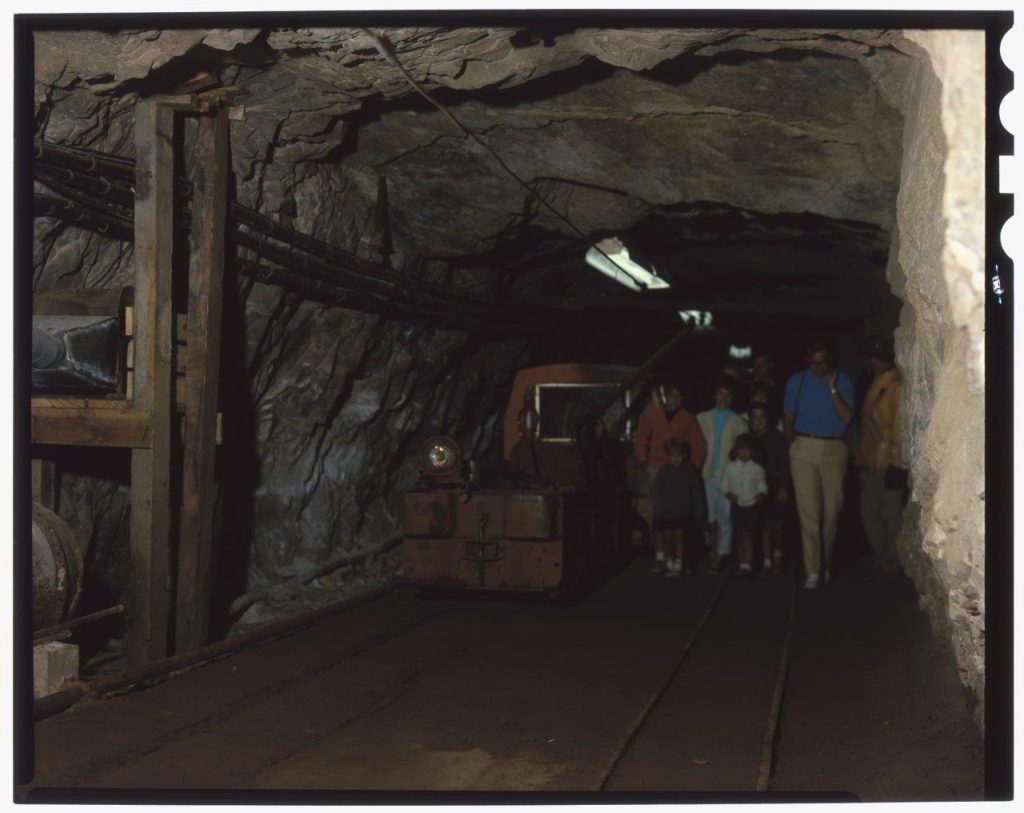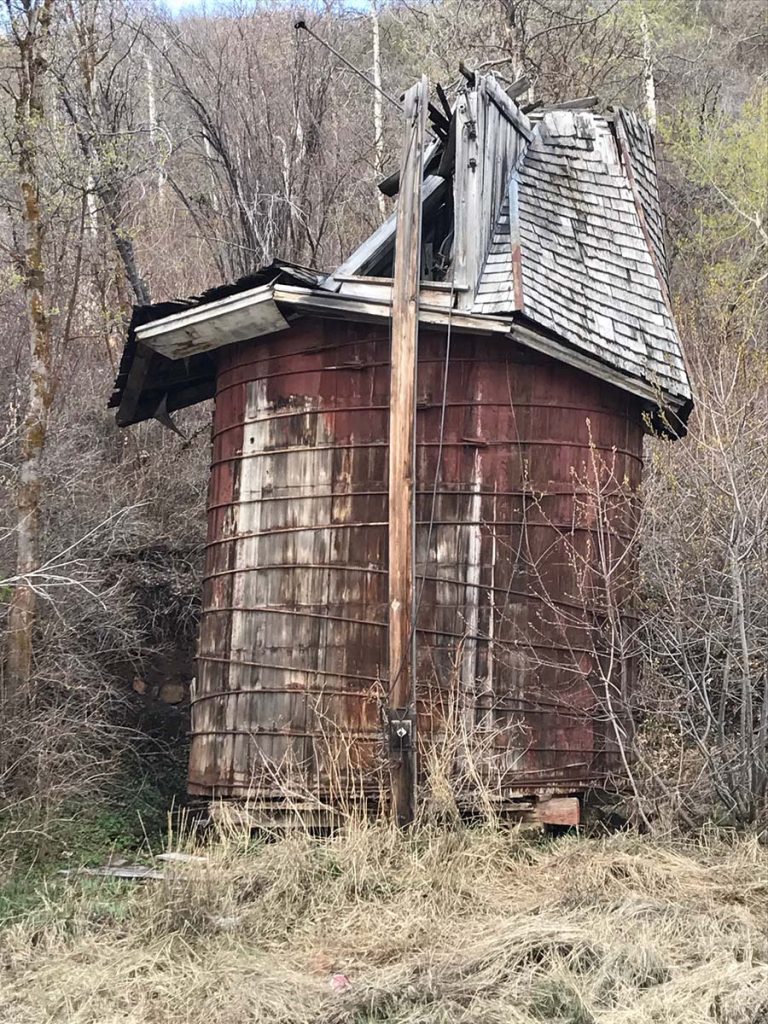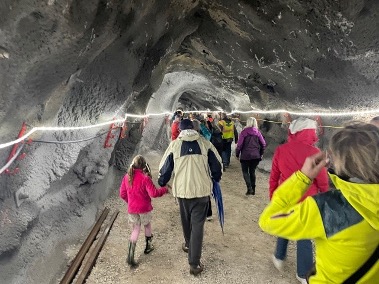Solon Spiro arrived in Park City in 1881 at the age of 18 to work for his uncle M. S. Ascheim in his mercantile business. He had graduated from private secondary and business colleges in Germany, so was well-prepared. He worked with his uncle until 1900 when he began buying claims and mines including the Little Bell, Lucky Bill, and Bogan Mines. He sold the Little Bell and Lucky Bill interests to concentrate on the Bogan properties. As he invested and enlarged the facilities there, it became apparent that the overwhelming problem of water in the workings would have to be solved by a deep drain tunnel.
The Spiro Tunnel began in the summer of 1916 with Jack Keetley, former Pony Express rider and Ontario Drain Tunnel contractor at the helm of the 40 workers who advanced the Spiro Tunnel in round-the-clock shifts. The tunnel produced no ore, but it provided a way to prospect potential ore in the surrounding claims.
In 1918 Spiro completed the purchase of the Comstock-California Mine, now controlling 1400 acres of mining claims. He modernized the mill there, continuing to mine that ore, while pursuing the lengthening of the Spiro Tunnel to de-water that property. The production of ore continued at the Comstock-California while the Spiro Tunnel proceeded in that direction. Production of good ore from the Comstock-California contributed to the company, though haulage from that mill was difficult.
Through all of the acquisition of Comstock-California and the large production facility at the Bogan Shaft, Solon Spiro discovered that the Silver King Coalition was stealing ore underground that belonged to the King Con, which was the overall corporate entity. He finally won a judgement against them for $900,000, but the demand for mineral production after WWI was low. The very unfortunate conclusion of the Spiro Tunnel was that in 1924, Solon Spiro’ Silver King Consolidated was forced to sell to the Silver King Coalition. Spiro never found the valuable ore in the tunnel that he was seeking, but a short time after selling, the Silver King Coalition struck it at 40 feet further in the tunnel. By that time, the tunnel was over 13,650 feet long.
When mining ceased, the tunnel was used as a skier subway with special cars to take skiers over three miles underground to the Thaynes Mine Shaft where they were hoisted to the surface just above the Thaynes Lift. The skier subway lasted only two years, but in 1970 was used for a few years to take tourists to an underground mining museum.
Though Park City Municipal uses the water coming out of the Spiro Tunnel, the Silver Star development occupies the surrounding territory. It was constructed between 2003-2008. The award-winning design features the restoration of the three major historic buildings of the old complex, re-fitted for modern uses. Silver Star Owners Association recently restored the coal hopper and boiler room. Park City Municipal enlarged and stabilized the opening of the Spiro Tunnel and placed historic markers at the entrance. Alan Long used the Ivers Tunnel as the backdrop for his real estate office and placed a window inside for viewing the inside of the adjunct tunnel structure. Consider a stroll around history with lunch at the Silver Star Café.
Saving the Boiler Room and Coal Hopper
The Silver Star Owners Association, with financial assistance from Park City Municipal Historic Preservation Grants and Friends of Ski Mountain Mining History, saved these two buildings in 2020. They were previously shrouded by trees and vegetation; with the new landscaping you can now clearly see these buildings at the front of the Silver Star complex.
The coal hopper and boiler building were innovative structures, begun in 1916 to supply steam power to provide fresh breathing air into the Spiro Tunnel being dug and to supply power for the miners’ drills to dig the tunnel. Coal was loaded into the hopper above and fed automatically into the boiler workings to ensure a constant steam pressure for the workings.
Engineering: Jonathan Richards, Calder Richards Consulting Engineers
Construction: Proserve
Status: Completed in 2020
Cost: $61,000
Before and After
Learn More By Reading These "Way We Were" Articles:
Driving the Spiro Tunnel by Sandy Melville
The Expanding King Con by Sandy Melville
The Wasatch “Super-Tunnel” by Steve Leatham
